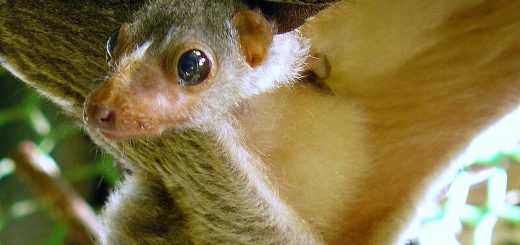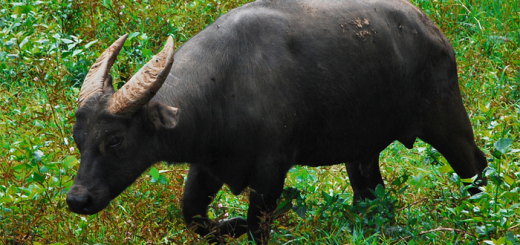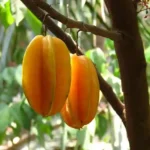Lambanog – The Philippines Coconut Spirit

When it comes to iconic Filipino drinks, few are as bold, traditional, and culturally rich as lambanog. Known as the “coconut vodka” of the Philippines, this local spirit is more than just a drink, it’s a symbol of craftsmanship, community, and celebration.
What Is Lambanog?
Lambanog is a distilled coconut liquor traditionally made from the fermented sap of the coconut flower, locally known as tuba. It boasts a clear appearance, high alcohol content (typically 40-45% ABV) corresponding to 80-90 proof, and a strong kick that has earned it a reputation as the drink of choice for the brave-hearted.
Often compared to vodka or arrack, lambanog is entirely natural made without chemical additives—giving it a smooth but powerful taste profile.
A Drink Born From Tradition
Lambanog has deep roots in Filipino culture, particularly in rural communities in Southern Luzon, especially the province of Quezon. For generations, farmers have harvested coconut sap, fermented it, and distilled it using time-honored methods passed down through families.
Lambanog process involves:
- Tapping the unopened coconut flower (spadix) to collect sap. The sap when collected must be pearly white in color, sweet in taste and has the characteristic coconut sap smell.
- Fermenting the sap for 24-48 hours to make tuba.
- Distilling the tuba in clay or metal stills to create the potent lambanog. The succeeding distillates, the lambanog have lower alcohol content. However, as distillation proceeds, the desired alcohol content of 80-90 proof must be achieved. The distiller uses an alcohol meter (hydrometer) to check the alcohol content.
This drink is often shared during social gatherings, fiestas, or inuman sessions (drinking sessions), and usually passed around in a tagay (round-robin) style.
The Rise of Flavored Lambanog
In recent years, lambanog has undergone a modern revival. To appeal to younger and more diverse audiences, distillers have introduced flavored lambanog—infused with mango, strawberry, blueberry, and even bubblegum. These versions have lower alcohol content and a sweeter finish, making them popular among casual drinkers and tourists.
Flavored lambanog has opened new markets and has helped reshape the drink’s image from a rural hard-hitter to a trendy, artisanal product.
Lambanog and Safety
Lambanog’s strong alcohol content and traditional production methods have occasionally raised safety concerns. There have been instances of methanol poisoning due to improper distillation. Because of this, quality control and regulation have become a growing priority. Reputable distillers now follow strict guidelines to ensure safety and consistency in their products.
When buying lambanog, it’s best to choose brands that are FDA-approved or produced by established distilleries with a track record of safe manufacturing.
Cultural Importance
For many Filipinos, especially in the provinces, lambanog is more than a drink, it’s part of social bonding and local identity. It represents resilience, ingenuity, and the communal spirit that defines Filipino gatherings.
In some areas, lambanog is also used in traditional ceremonies, as a peace offering, or even as part of local medicine and rituals.

Lambanog – You’re tasting history
Lambanog is a testament to the Philippines’ rich cultural heritage and resourcefulness. Whether you’re sipping it straight, enjoying a flavored shot, or learning about its origins, this coconut spirit tells a uniquely Filipino story.
So, the next time you raise a glass of lambanog, remember, you’re not just drinking coconut liquor. You’re tasting history, tradition, and a bit of the Filipino soul.
Tagay!
References:
https://itdi.dost.gov.ph/images/LivelihoodTechnologyBrochures/62-Lambanog_Prcsg.pdf












